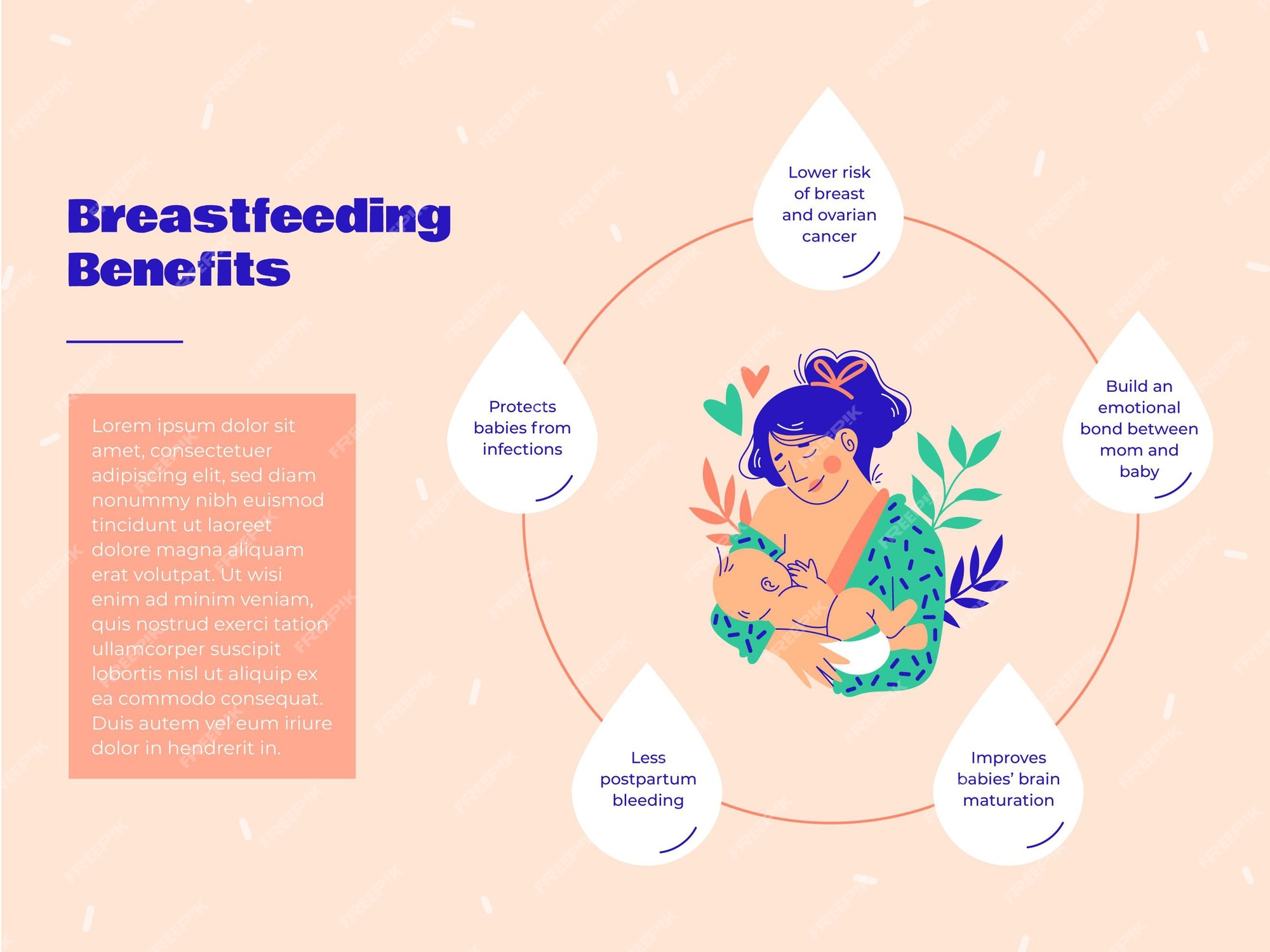Examining Maternal Mortality Rates: Which Country Holds the Disturbing Record

Introduction:
Maternal mortality, defined as the death of a woman during pregnancy, childbirth, or within 42 days of termination of pregnancy, remains a critical global health issue. While significant progress has been made in reducing maternal mortality rates worldwide, there are still countries grappling with disturbingly high numbers. In this article, we will delve into the topic of maternal mortality rates, examining the countries that bear the burden of this grave problem and exploring potential factors contributing to their high rates.
Understanding Maternal Mortality:
Before diving into the countries with alarming maternal mortality rates, it is crucial to understand the gravity of the issue. Maternal mortality not only affects the health and well-being of women but also has far-reaching consequences for families, communities, and societies. According to the World Health Organization (WHO), approximately 295,000 women died in 2017 due to complications related to pregnancy and childbirth, with the majority of these deaths occurring in low-resource settings.
The Factors Behind Maternal Mortality:
Several factors contribute to the high maternal mortality rates observed in certain countries. These include inadequate access to quality healthcare services, lack of skilled birth attendants, poor infrastructure, socioeconomic disparities, cultural and traditional practices, and limited availability of emergency obstetric care. Understanding these factors is crucial for implementing effective interventions to address the issue.
Examining the Disturbing Record:
Nigeria: One country that consistently holds a disturbing record in terms of maternal mortality rates is Nigeria. With an estimated 58,000 maternal deaths occurring annually, Nigeria accounts for approximately 20% of global maternal deaths. The challenges faced by Nigeria in reducing maternal mortality rates include limited access to healthcare facilities, lack of skilled birth attendants, cultural beliefs, and socioeconomic disparities.
Other Countries with High Maternal Mortality Rates:
While Nigeria tops the list, there are other countries struggling with high maternal mortality rates as well. Some of these countries include:
- Sierra Leone: Sierra Leone has one of the highest maternal mortality rates globally, with approximately 1,360 maternal deaths per 100,000 live births. Factors such as inadequate healthcare infrastructure, limited access to emergency obstetric care, and poverty contribute to the high rates observed in the country.
- Central African Republic: The Central African Republic faces significant challenges in maternal healthcare, leading to high maternal mortality rates. Factors such as ongoing conflict, limited access to healthcare facilities, and lack of skilled birth attendants contribute to the dire situation.
- Chad: Chad, a landlocked country in Central Africa, also struggles with high maternal mortality rates. Factors such as poverty, limited access to healthcare services, and cultural practices contribute to the high number of maternal deaths.
Efforts and Solutions:
Addressing high maternal mortality rates requires comprehensive efforts and targeted interventions. Governments, international organizations, and non-governmental organizations are working to improve maternal healthcare infrastructure, enhance access to skilled birth attendants, promote antenatal and postnatal care, and educate communities on the importance of maternal health. Additionally, initiatives to combat poverty, improve education, and empower women are crucial in reducing maternal mortality rates.
Conclusion:
Maternal mortality remains a pressing issue in many countries, with Nigeria being one of the countries that holds a disturbing record. However, it is important to remember that progress is possible with concerted efforts and focused interventions. By addressing the underlying factors contributing to high maternal mortality rates, countries can improve the health and well-being of women and ensure safer pregnancies and childbirths for all.
